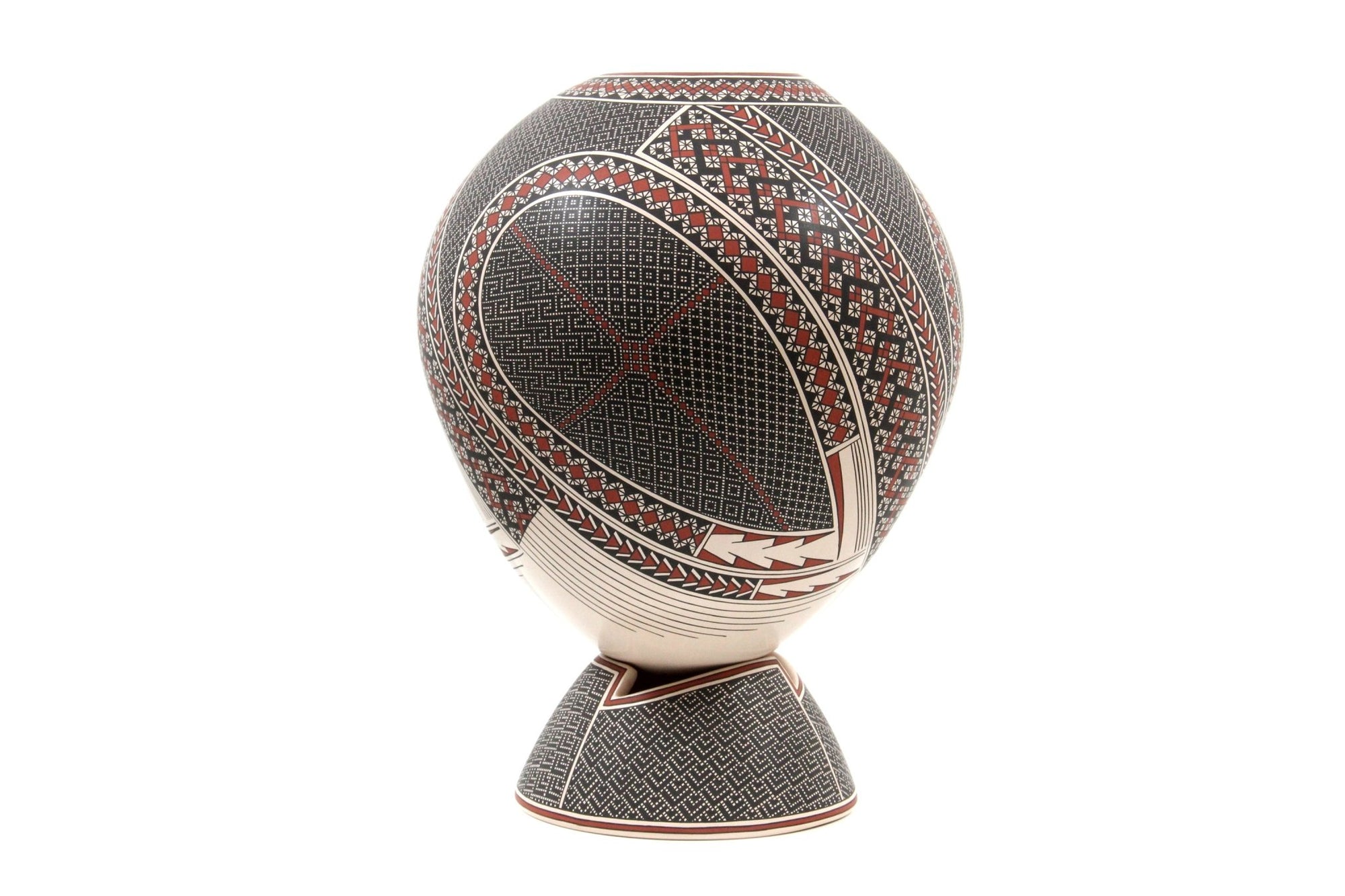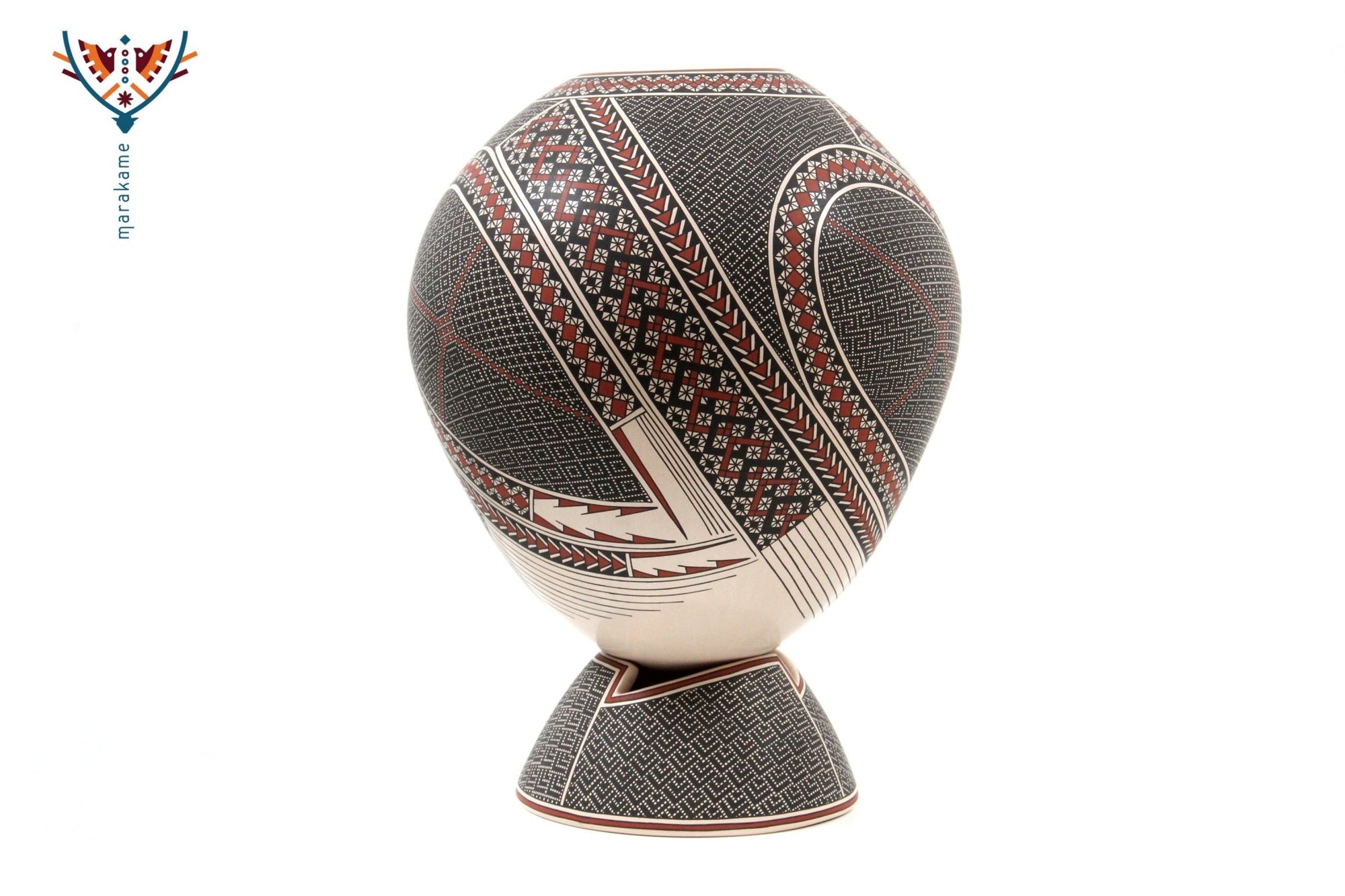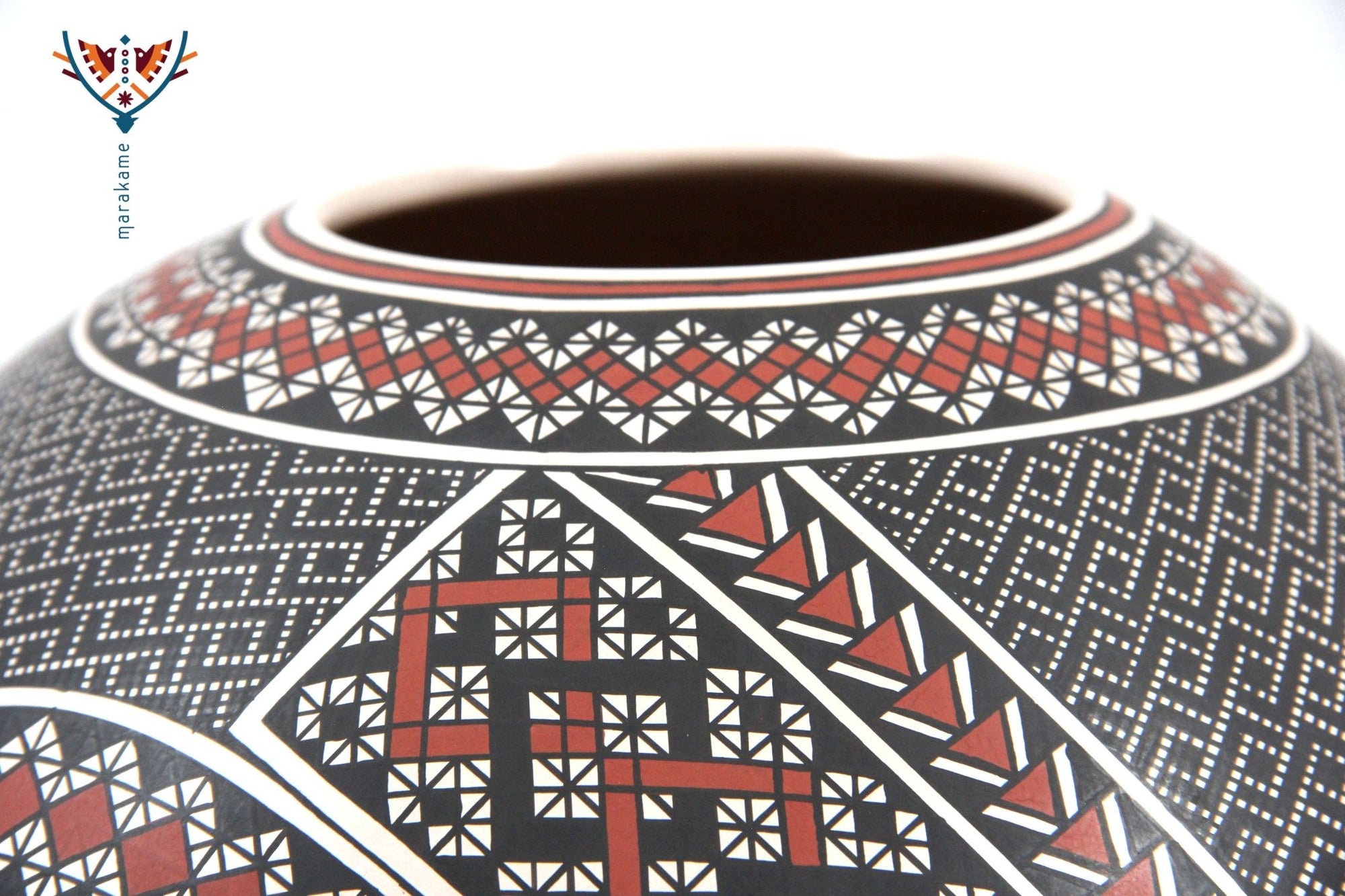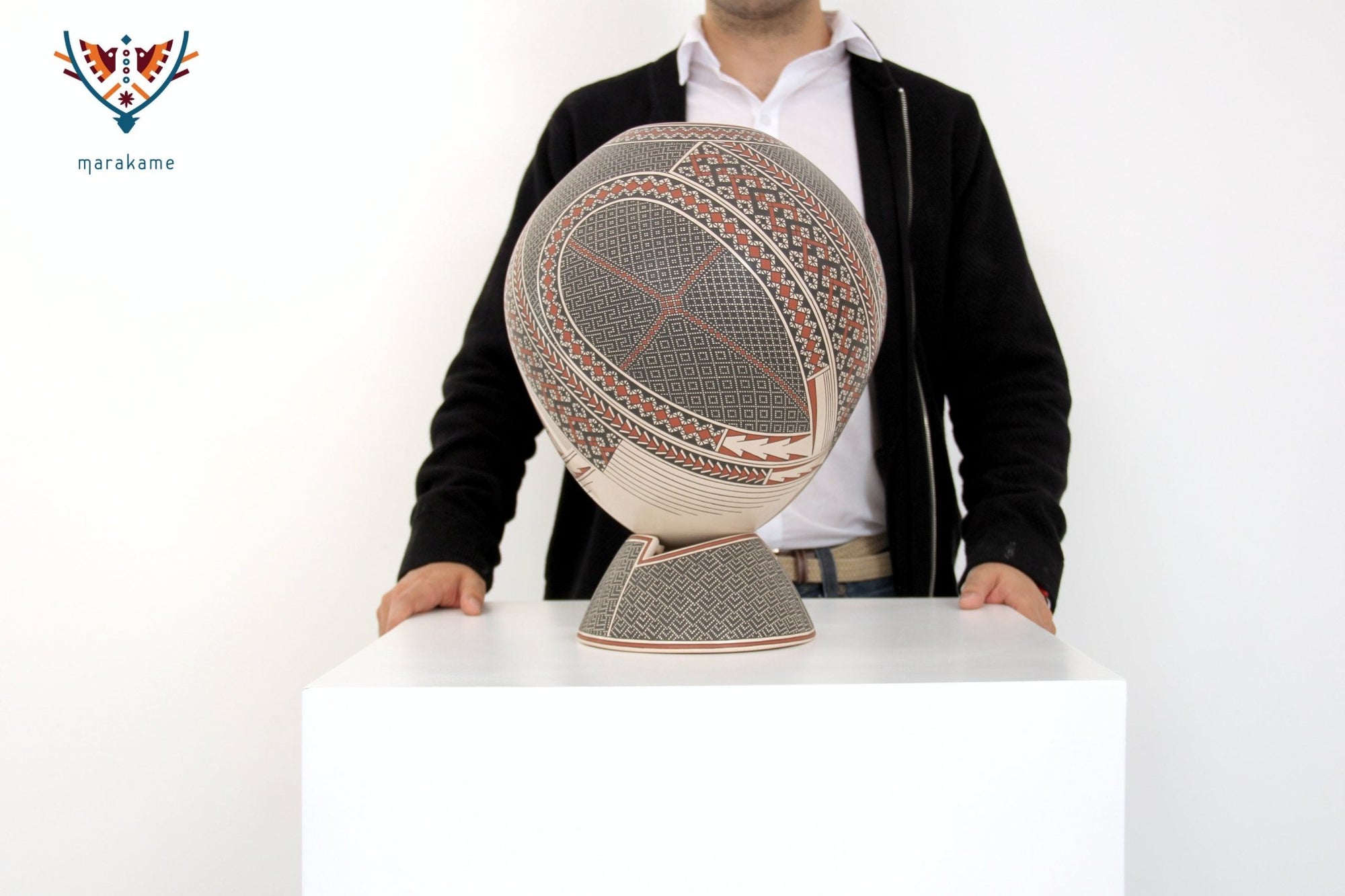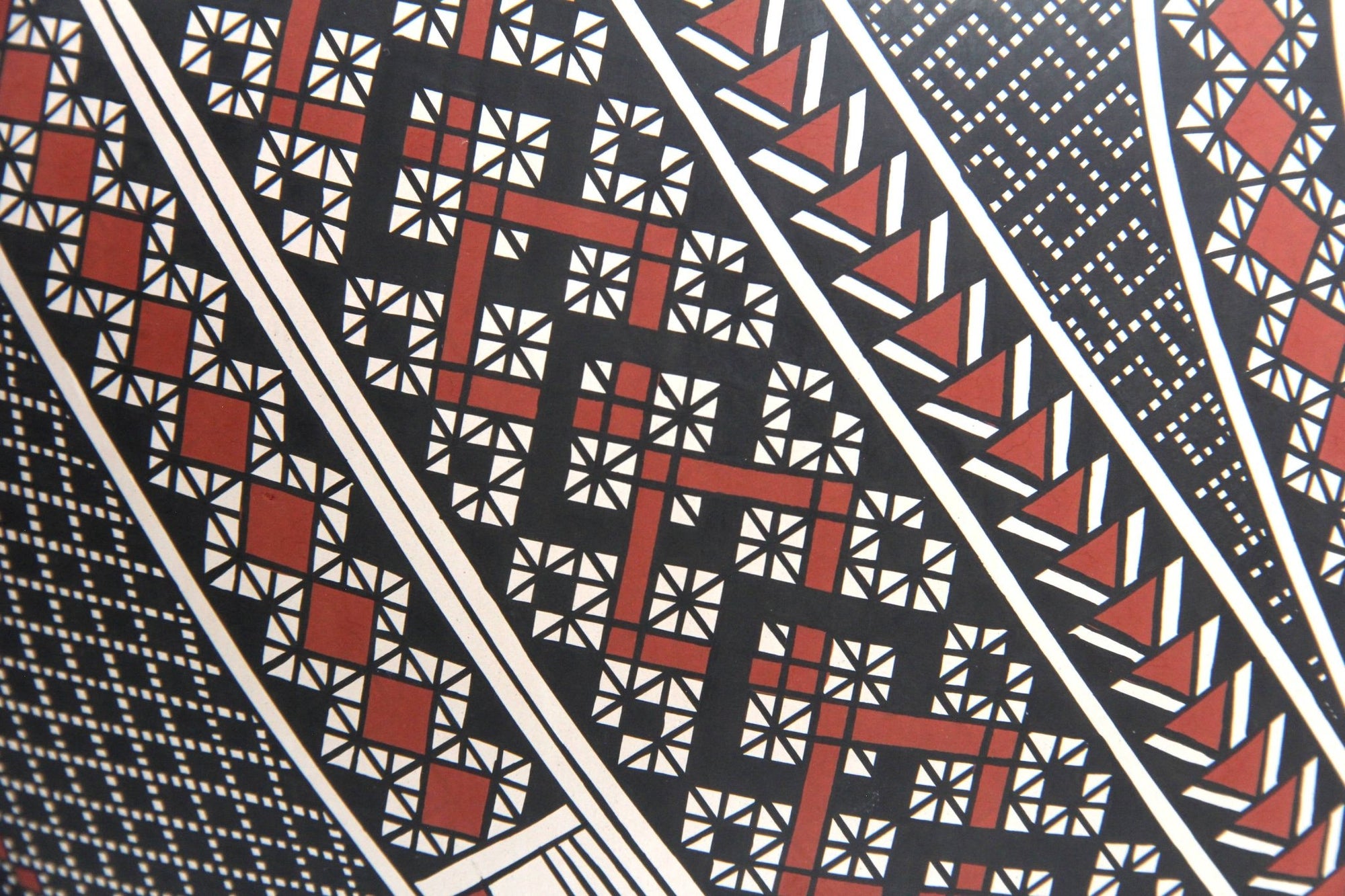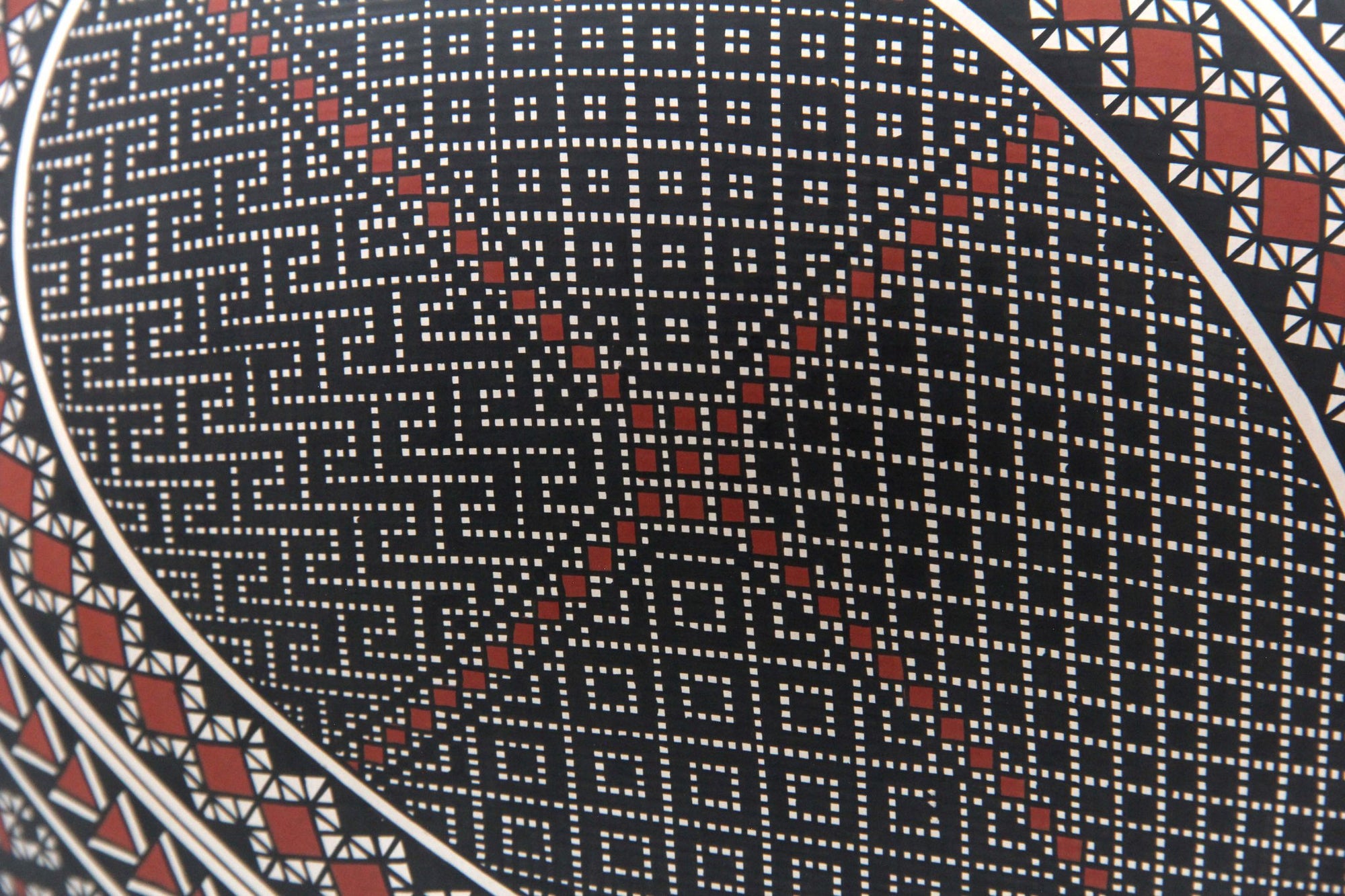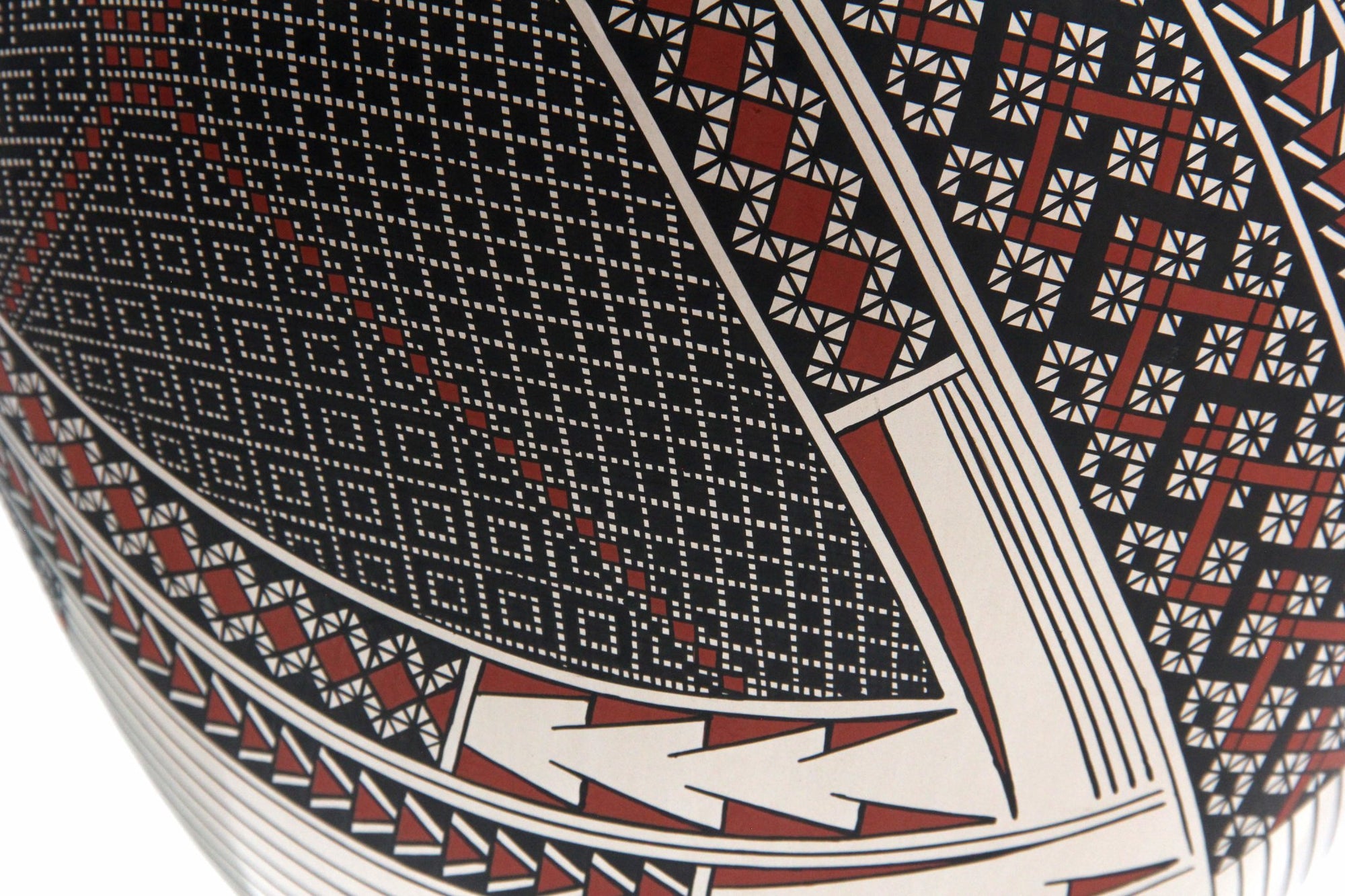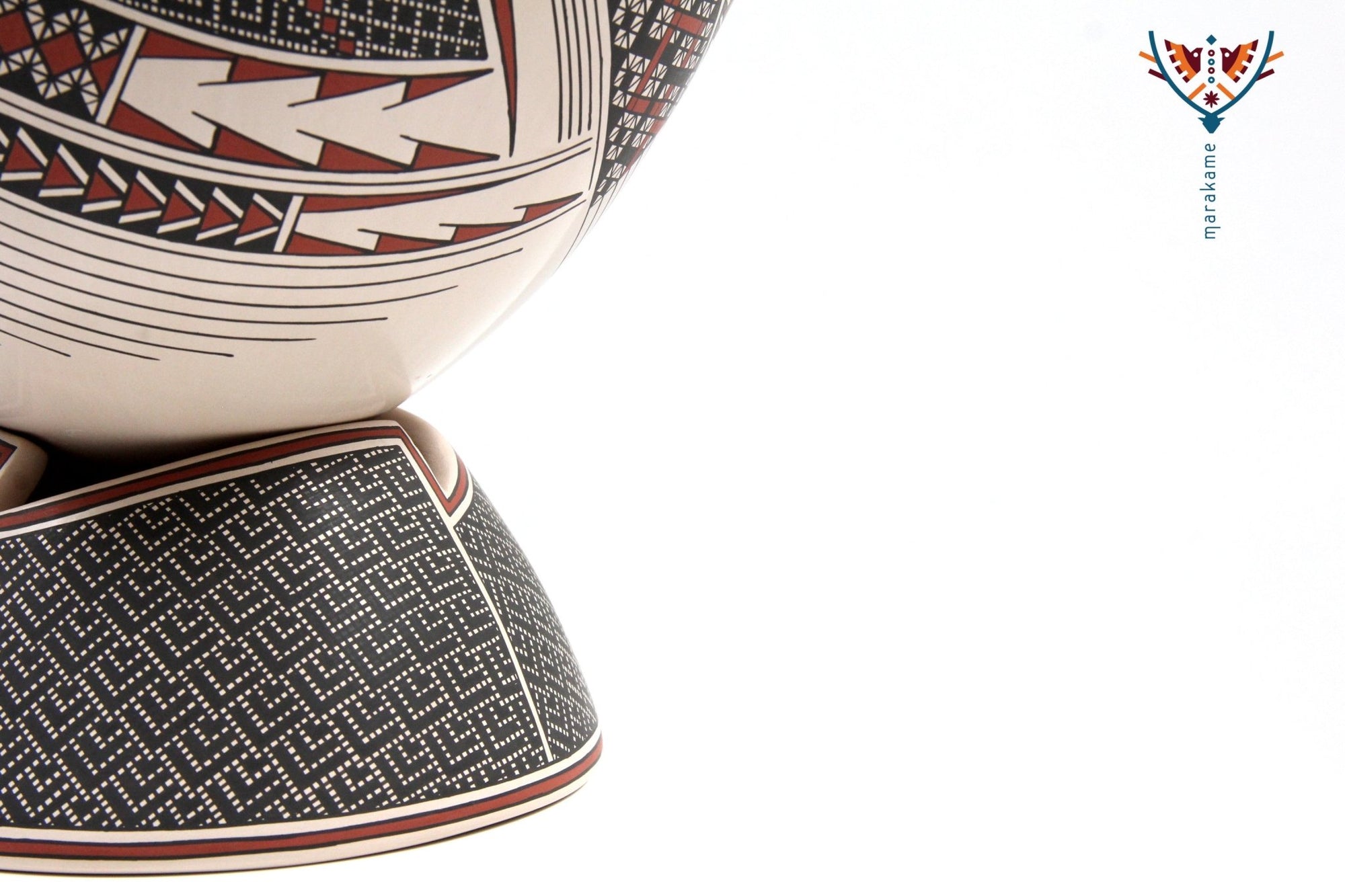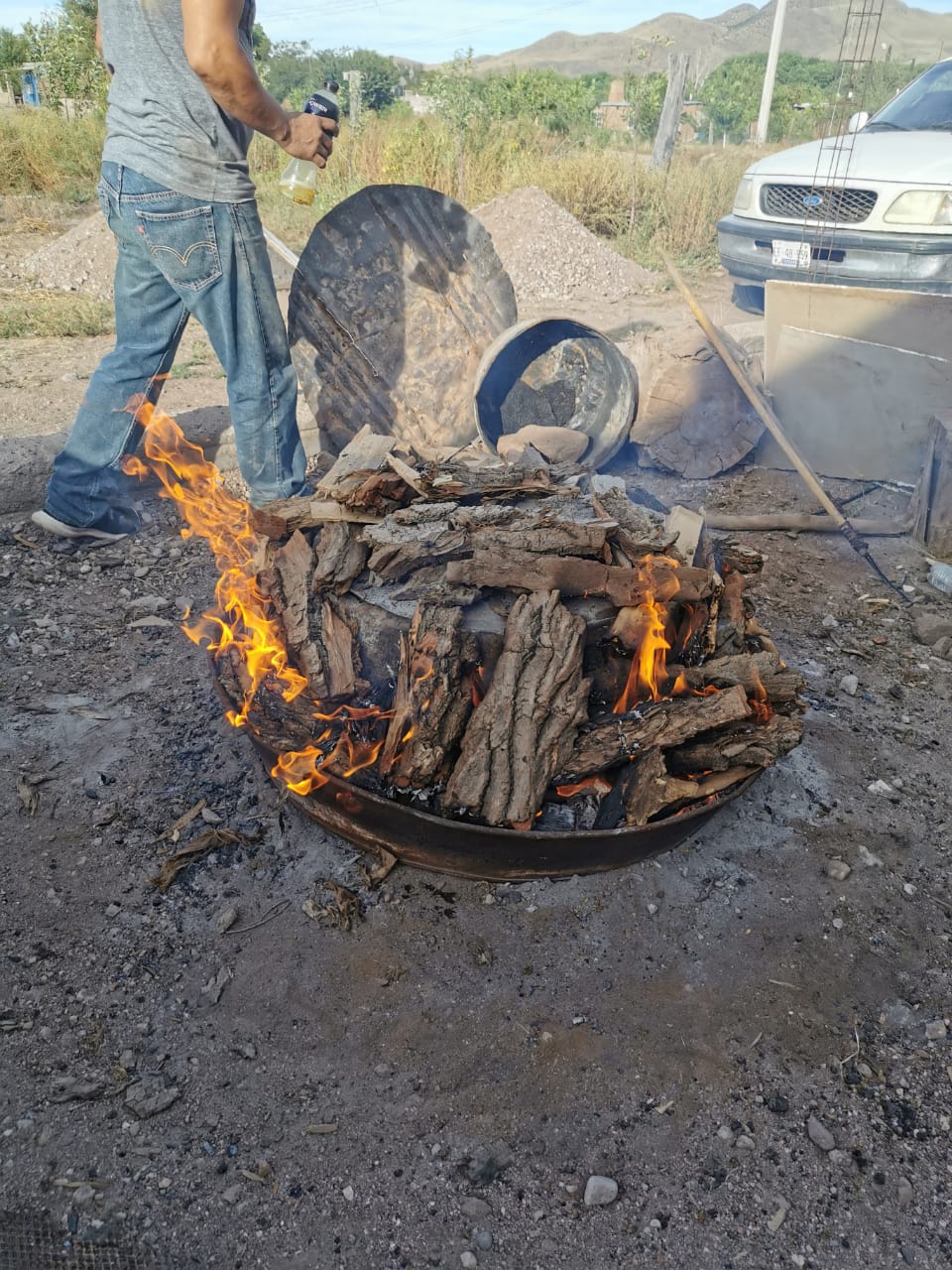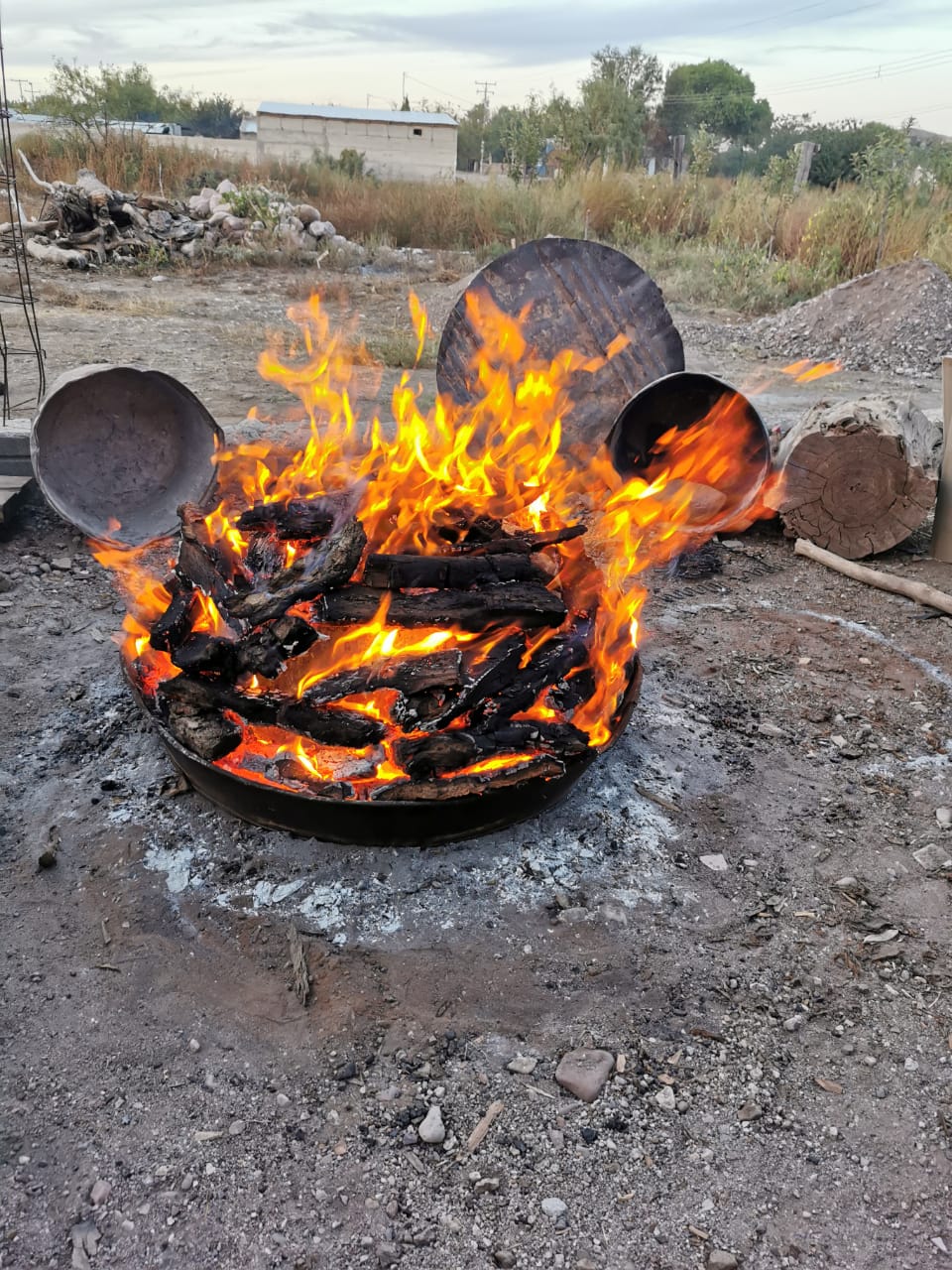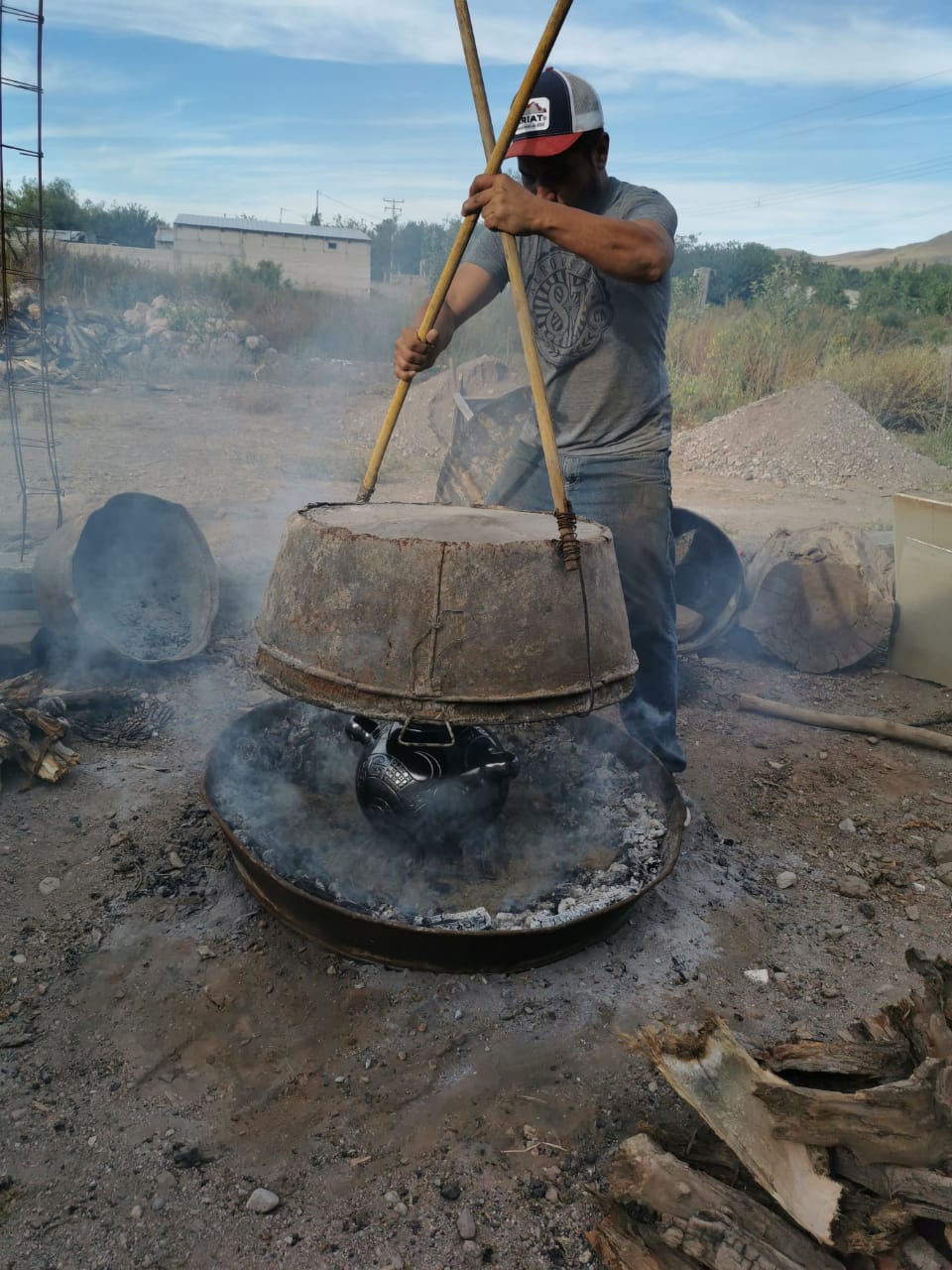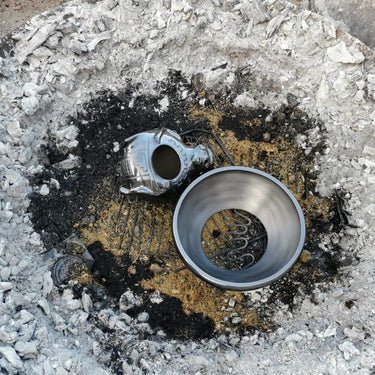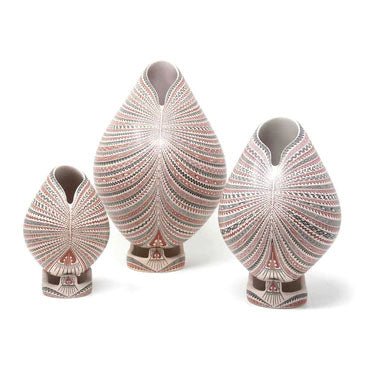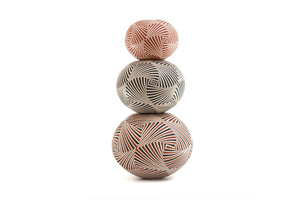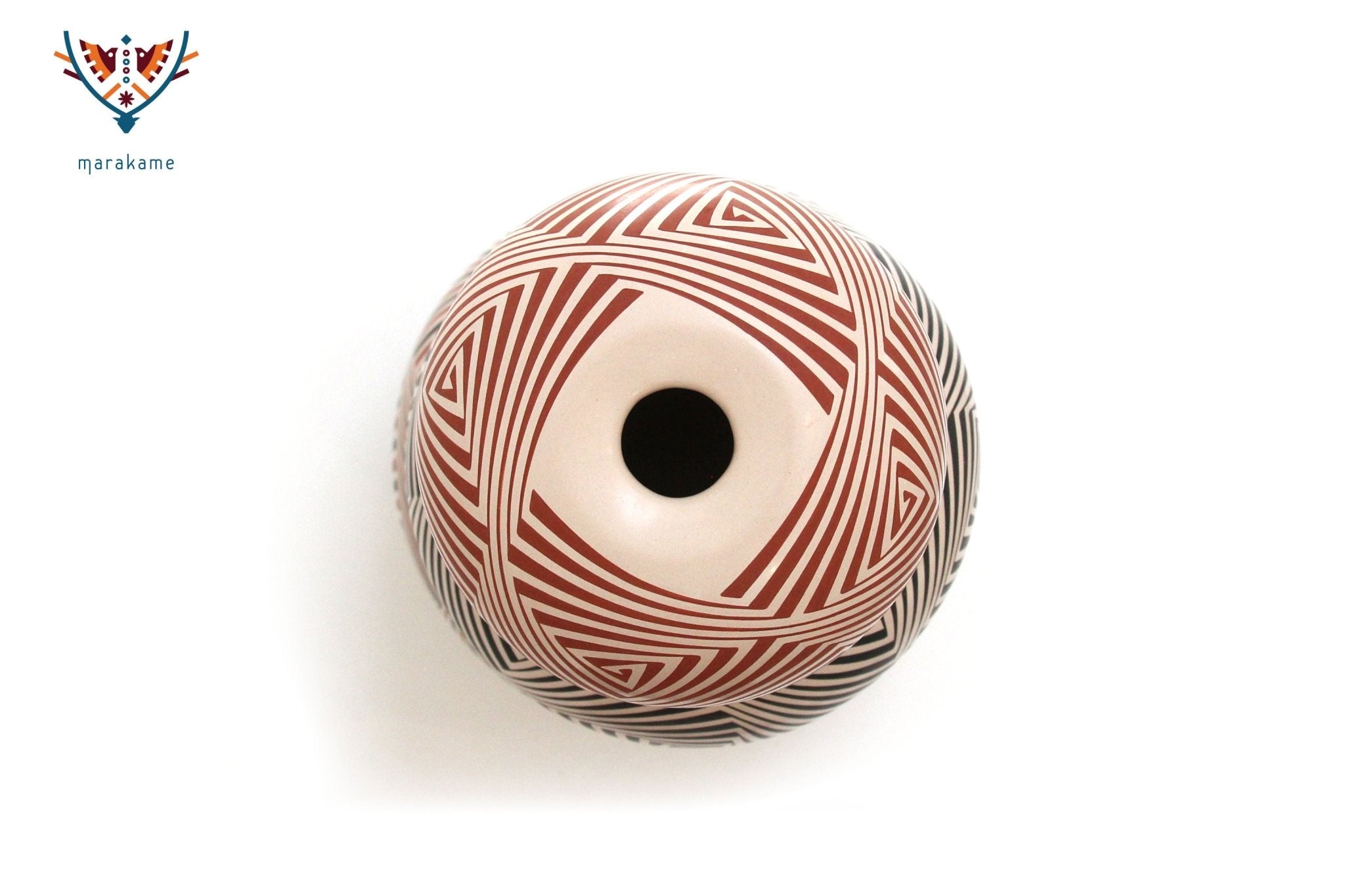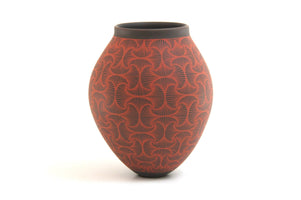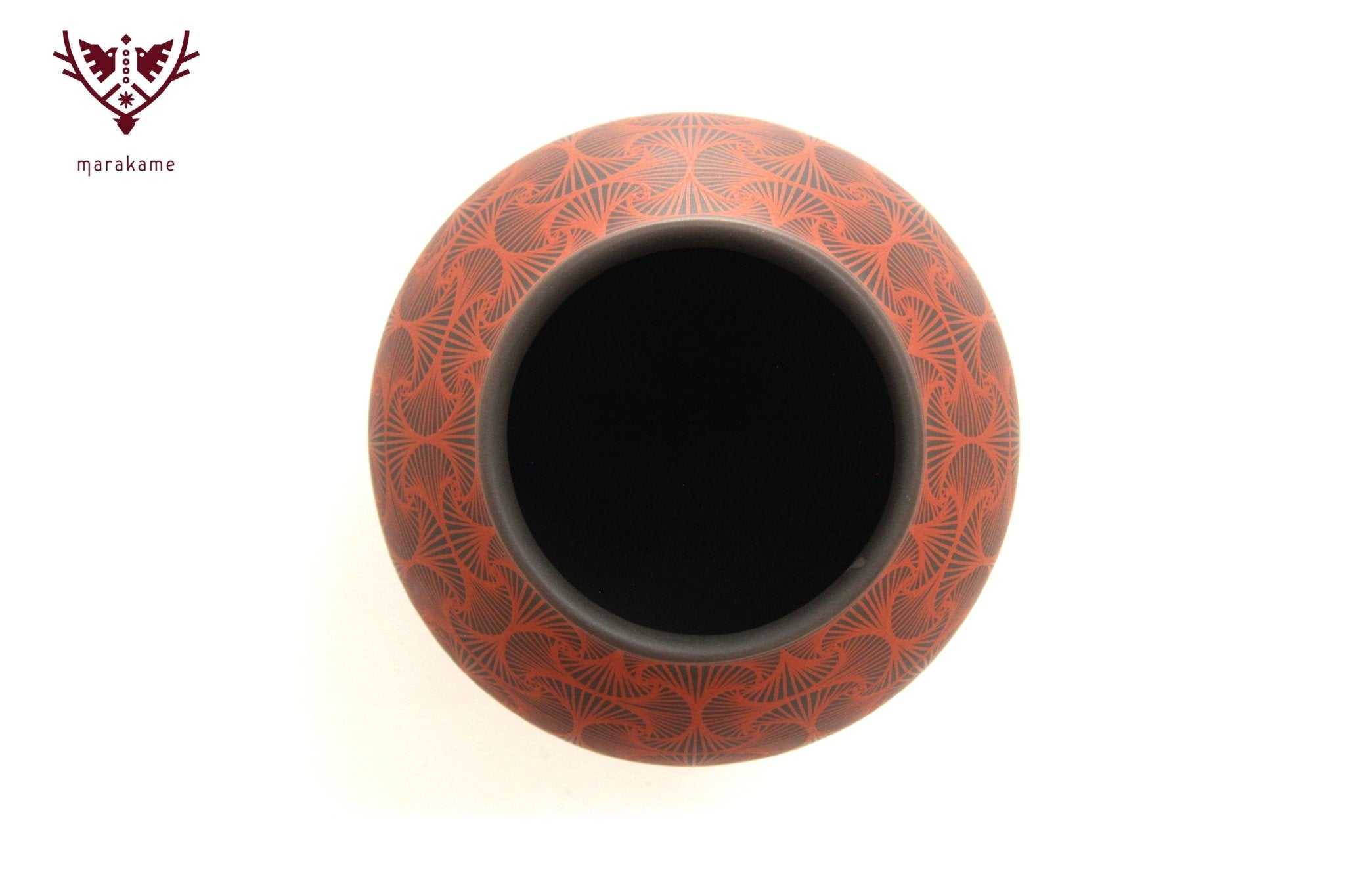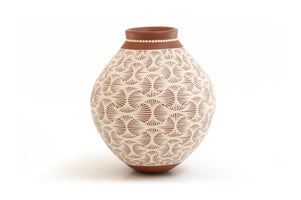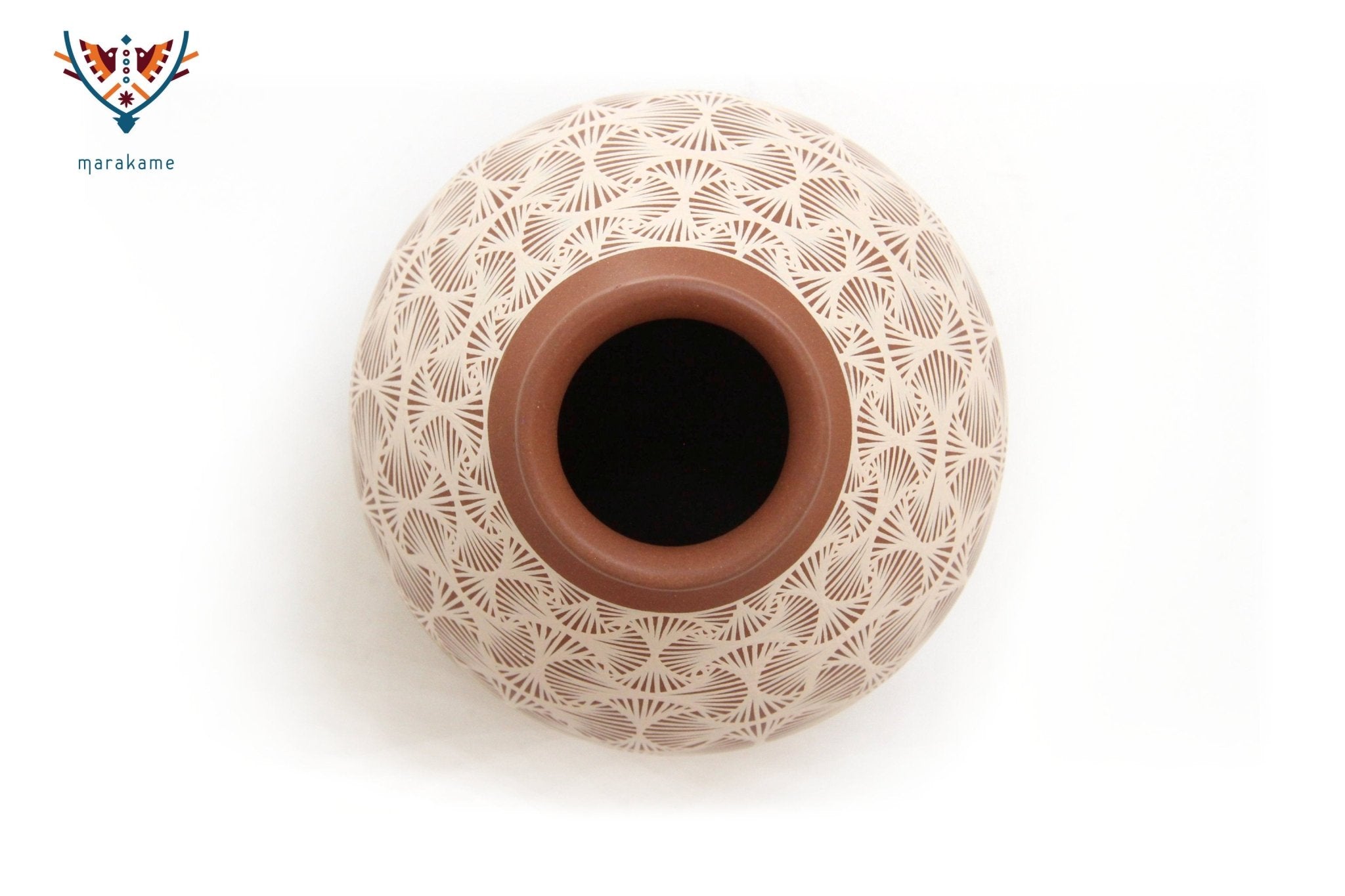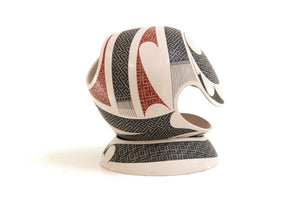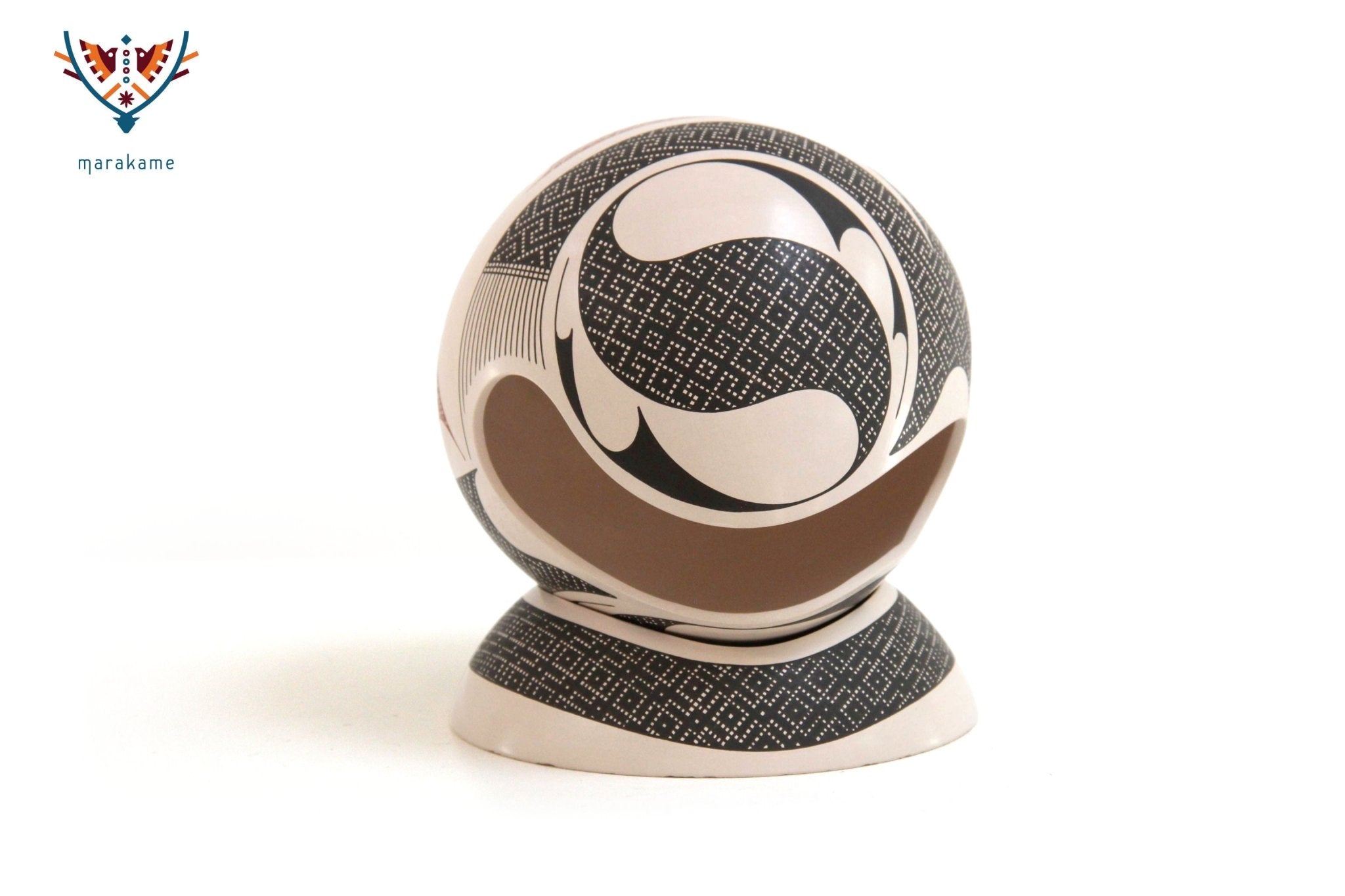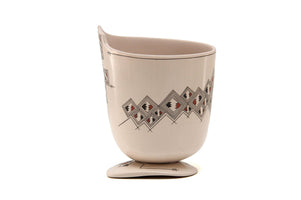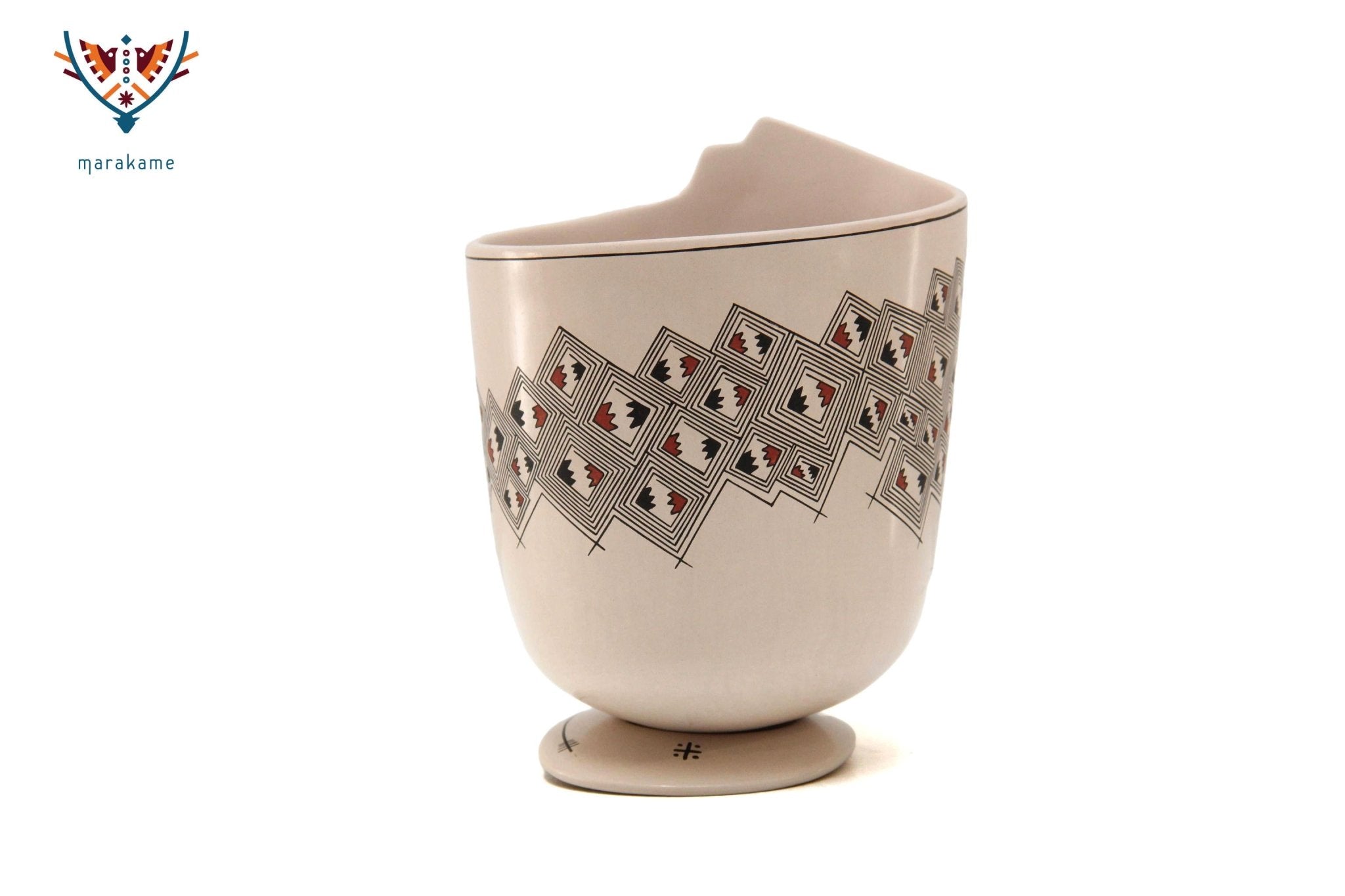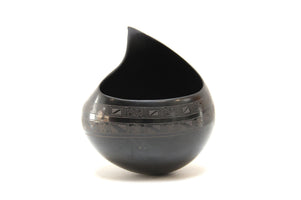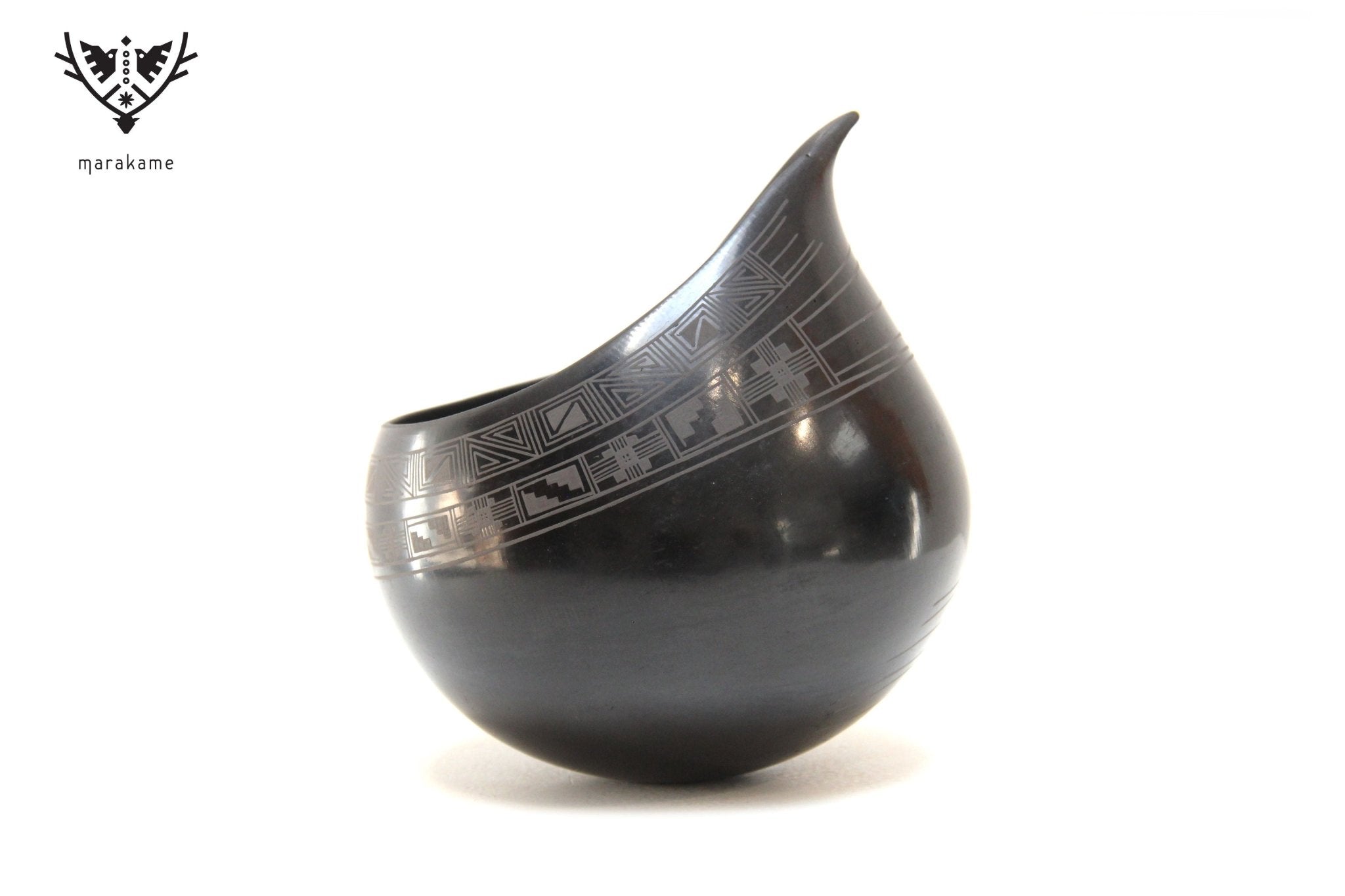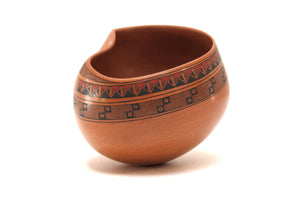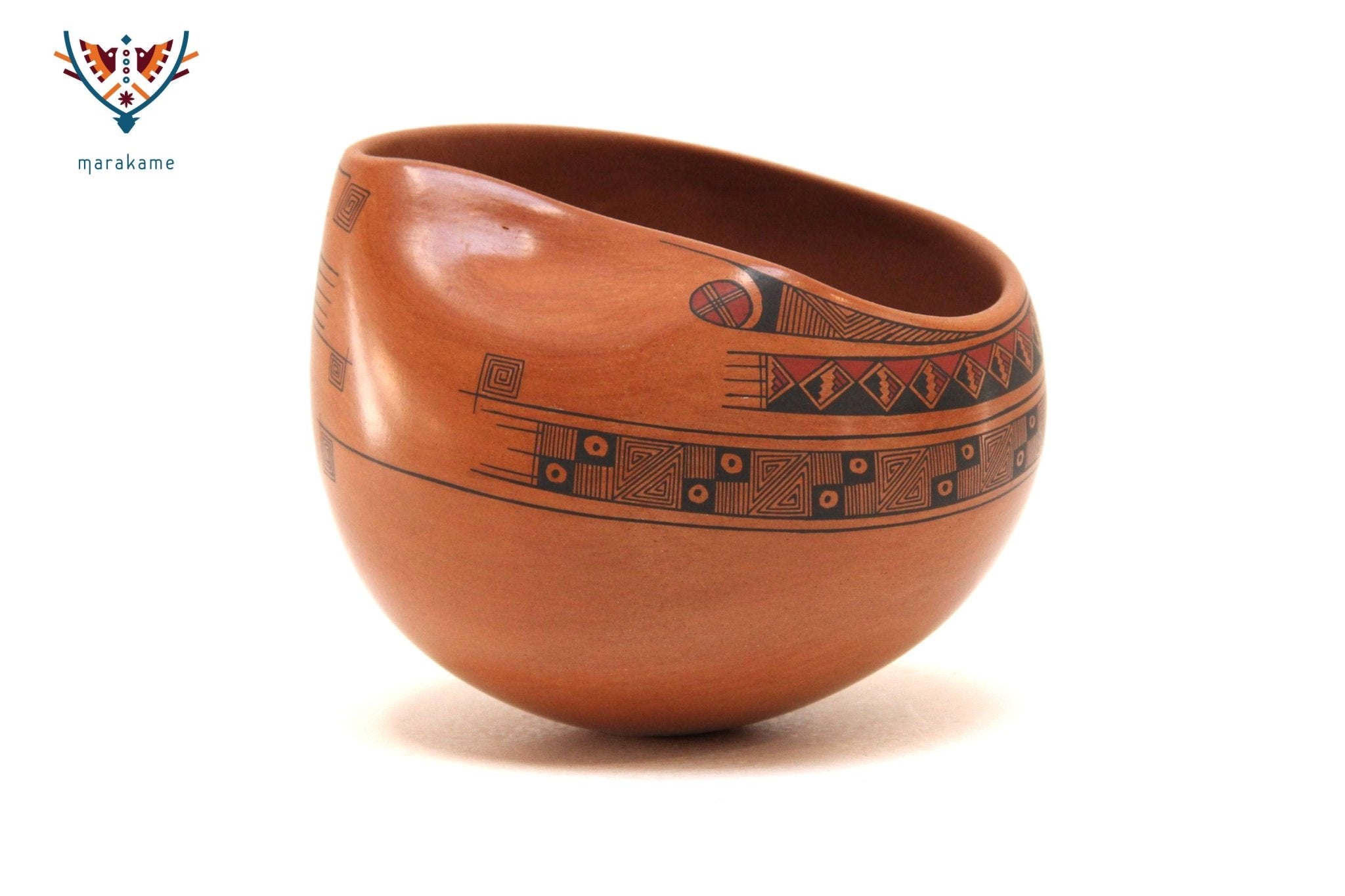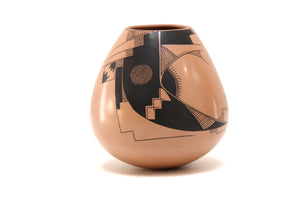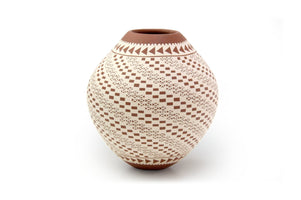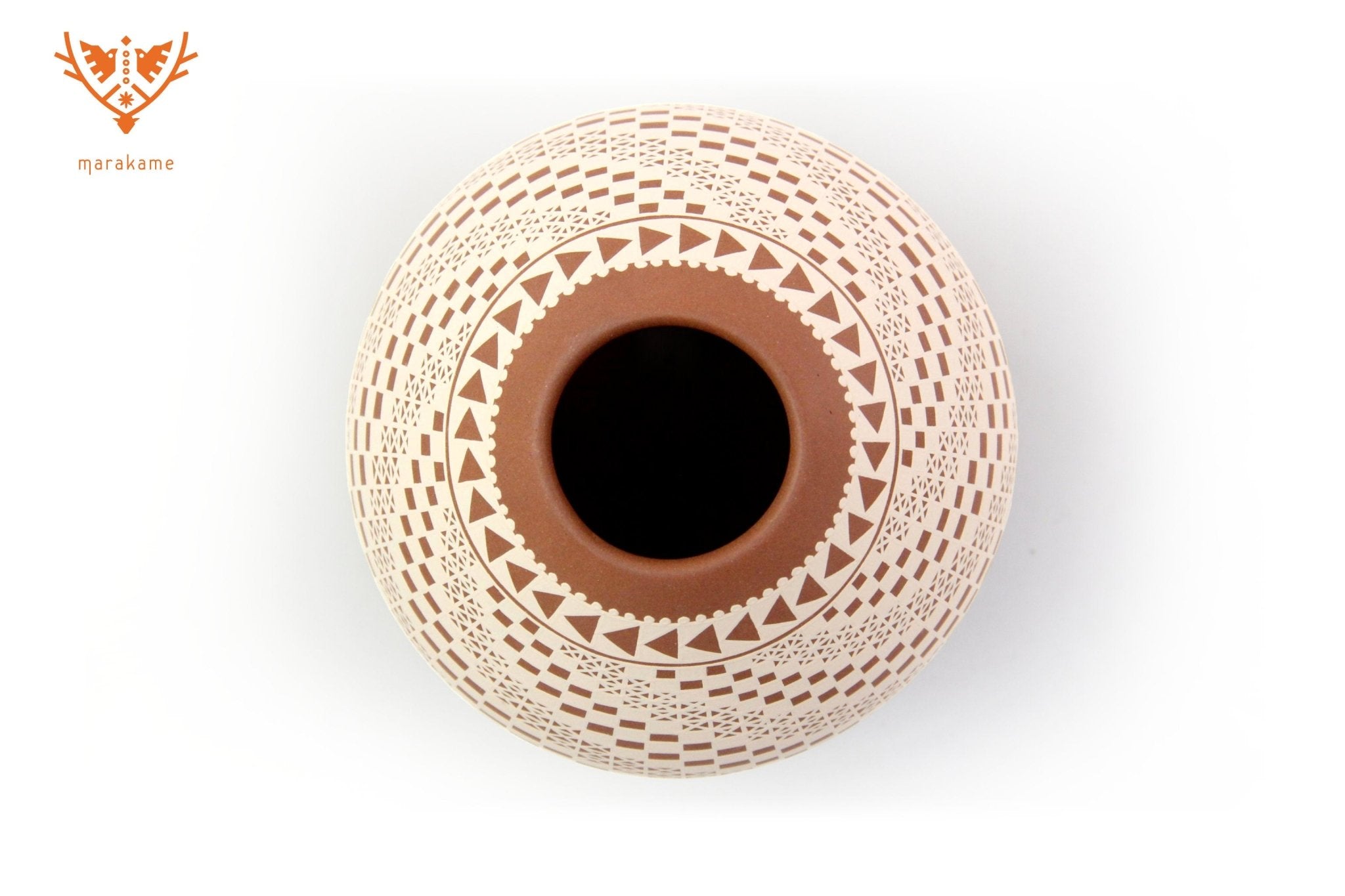Refund policy
If your merchandise has a significant defect, please send mail to hola@artemarakame.com within a period not exceeding 7 calendar days with your full name or the name of the person who made the purchase order, photographs of the product and what is damaged, broken, or missing, as well as the packaging inside and outside wherever shipping label visible. The case will be analyzed and up to six different alternatives are offered, reserving the probability of an additional one, depending on the case, and if we consider it so:
1. Exchange for another piece, which being unique, would be selecting one or more to your liking as long as the price at which the piece was purchased is equivalent to that of the requested piece.
2. That the part be returned to us, repaired and resent.
3. Money back-upon receipt of the piece in our studio.
4. Credit available for when there is a piece to your liking.
5. Partial refund to cover restoration costs.
6. Redo the piece.
In any of the six cases, depending on the damage to the piece, we reserve the right to request that the piece be returned for repair and disposal for sale, the shipping cost of which would be covered by us. In the event that you must return the piece, it must be with a package equivalent to the one that protected it when it arrived at its last destination, just as we packed it. Otherwise, we could have a total loss of the piece, so there would be no refund.
When a package is shipped to another country, it may be subject to import taxes, duties, or fees imposed by the destination country. Generally, these charges must be paid once the package arrives in the destination country. Depending on the country, the buyer may be required to pay these charges when receiving the package. The loss of a piece by omission in the payment of tariffs by the buyer invalidates the guarantee that Arte Marakame gives to it.
It is worth mentioning that by buying a product in Arte Marakame, you are accepting these policies.
Note: If the damaged craft was purchased from a dealer, please contact them directly and follow their refund policy. Arte Marakame does not accept returns of handicrafts purchased from distributors.
Clarifications on the exchange rate
1.- The final price will always be shown in Mexican pesos (MXN) in accordance with current regulations.
2.- If you choose PayPal as your payment method, there may be a slight discrepancy in prices due to the exchange rate provided by both services, with PayPal being independent of Arte Huichol - Marakame.
About Mata Ortiz Ceramics
Mata Ortiz pottery is made with ancestral techniques used by the Paquimé culture with designs made with mineral and lead-free paints and brushes with child's hair.
These pieces are made entirely by hand in a period of approximately one to three months and are used in their burning stage, poplar tree bark and buñiga (dry cow manure) to achieve the right temperature as well as preserve the style. rustic burning that characterizes them.
More about ceramics
more ceramic
View allJuan Mata Ortiz is a Mexican town located 320 kilometers from the capital of the state of Chihuahua, to the northwest. It is located just 35 kilometers from Casas Grandes, an area where the cultural heritage of Paquimé and Colonia Juárez is preserved, the desert and the knowledge that is discovered inside the territory, perhaps in a cave or a hill.
There are about 300 families that revive the pottery tradition of more than 600 years in Paquimé, using the same technique and materials with which extraordinary vessels were made during the Mesoamerican period. With a sense of actuality and innovation, the artists of Mata Ortiz renew the designs and stylistic features that distinguish them and that have generated interest throughout the world. The symbolic geometries and patterns reveal at first glance a nomadic and tribal breath, with a deep connection to the earth.
The ancestral ceramic technique of Mata Ortiz uses lead-free mineral paints, finely applied with brushes made from boys' or girls' hair. To make the vessels, the potters start with a clay tortilla that they spread with their fingers on a surface, to later transfer it and adjust it to a shallow concave mold. Then they knead thick and long strips that they place one on top of the other to form the walls, which they smooth by hand, thinning the thickness of the mud with a notched metal wedge. Inside a finished piece you can feel the finger marks of the artist who molded it. The large open fire ends with the process, which is achieved using poplar bark and cow dung (dried manure), guaranteeing a very high temperature flame and a rustic finish.


